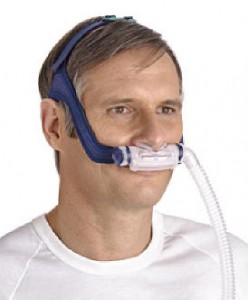Only a few studies have examined the relationship of increased NR and SDB. Anecdotal evidence for a relationship between nasal obstruction, impaired sleep, memory loss, and excessive daytime somnolence were first noted in the 1800s.These observations triggered other studies evaluating the relationship of the nose and SDB. These studies will be reviewed here by the different patient populations studied: normal control subjects, patients with increased NR, patients with SDB including snorers, and children. 
Normal Control Subjects in Viagra Australia Pharmacy
Several studies have been performed in normal volunteers to elucidate the effect of nasal obstruction, nasal dilation, and nasopharyngeal anesthesia on upper airway responsiveness and/or sleep. When humans sleep, the muscle tone in the oropharynx and muscle responsiveness to stimuli decrease. There is evidence to suggest that receptors in the nasopharynx may have an effect on muscle tone in the oropharynx. White et al examined the effects on sleep of blocking nasal receptors using 4% lido-caine local anesthesia, which was sprayed into the nose and the nasopharynx in a carefully controlled study of 10 male subjects. Administration of lido-caine increased nasal and pharyngeal obstruction and was associated with a fourfold increase in SDB events. This included an equal number of obstructive and central apneas. These results suggest that nasal receptors are sensitive to airflow and may be important in maintaining respiratory rate and upper airway patency.
These findings were supported in another study, which measured minute ventilation during obligate nasal or mouth breathing in normal subjects during sleep. Ventilation was greater with the nasal breathing, supporting the notion that nasal airflow has a stimulant effect on breathing. Centrally controlled airway tone of the upper airway is higher with nasal breathing than oral breathing.
Another study examined the effects of topical vasoconstrictors on sleep. Phenylephrine sprayed into the nasopharynx and oropharynx decreased both NR and pharyngeal resistance in normal subjects. The decrease in pharyngeal resistance was independent of the change in NR and upper airway muscle activity, suggesting that the decrease was a direct effect of phenylephrine on the pharyngeal mucosa; therefore, vasoconstriction of the tissues of the nasopharynx does not have a significant effect on the patency of the pharyngeal airway in normal subjects.